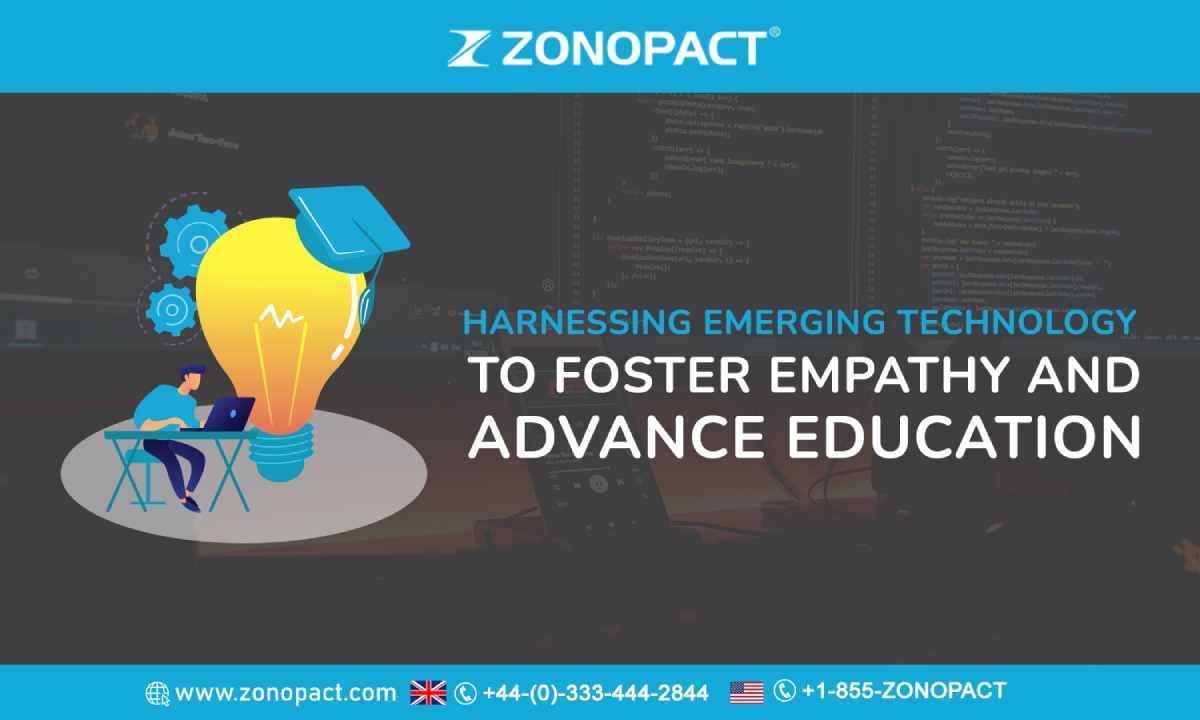
In an age of ever-evolving technology, the possibilities to foster empathy and advance education are limitless. Emerging technology, such as artificial intelligence, virtual reality, and augmented reality, can be harnessed to create creative, immersive experiences that bridge the gap between people and cultures. By utilizing these tools, educators can create a more meaningful learning environment that encourages collaboration, understanding, and empathy. With the right guidance and resources, these tools can be used to inspire students to embrace lifelong learning and develop the skills necessary for success in the 21st century. By integrating emerging technology into the classroom, educators can create a more vibrant and engaging learning environment that encourages collaboration, understanding, and empathy.